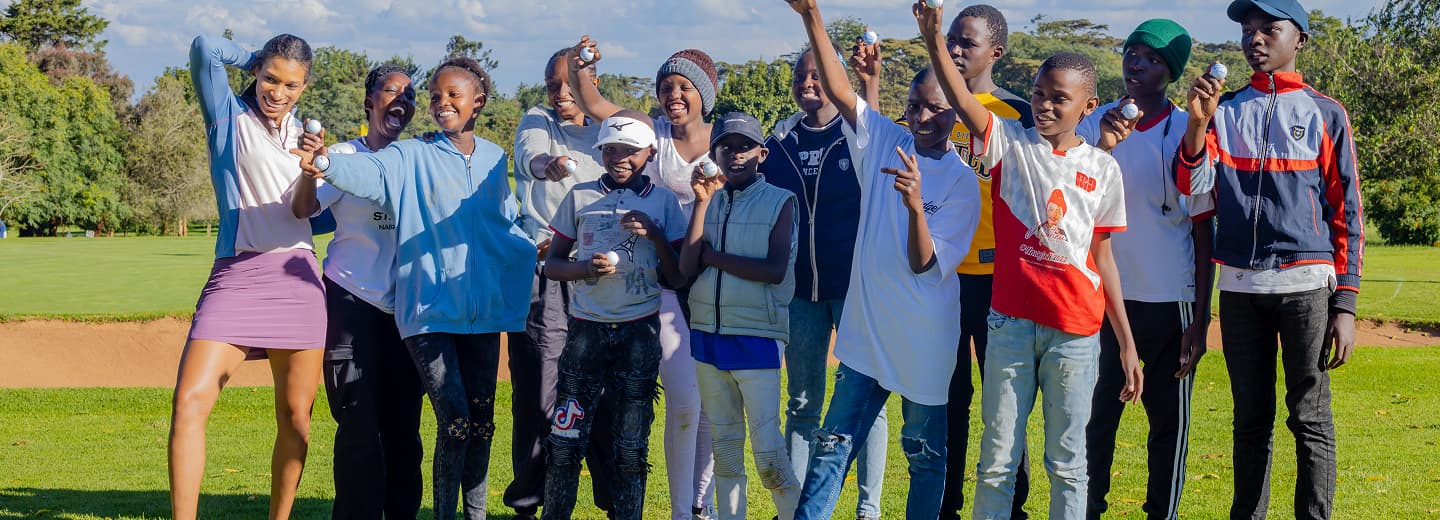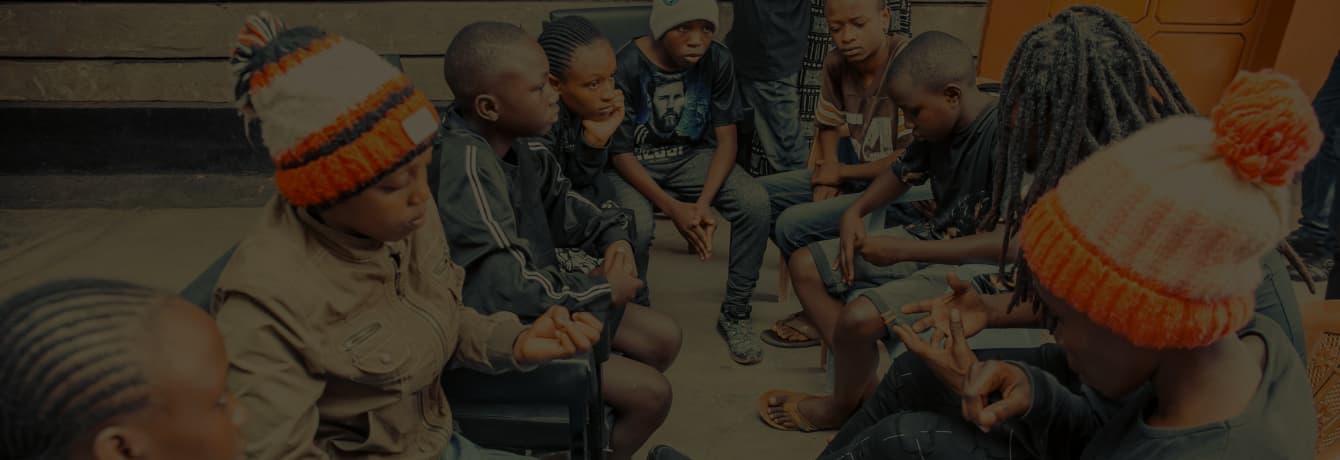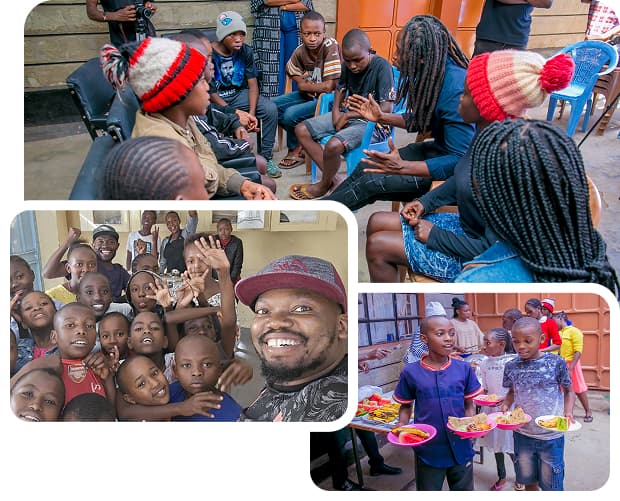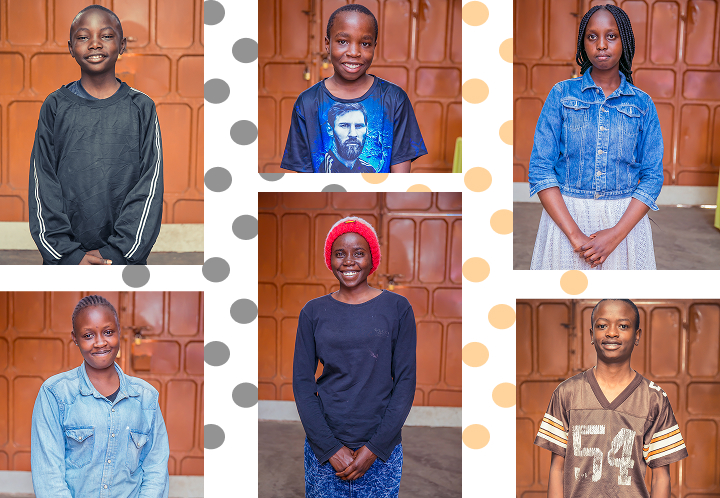Kenya Golf Championship 2024
Join us for an unforgettable golf experience in the heart of Kenya. World-class courses, stunning landscapes, and championship-level competition await.
imagination can see possibilities for
their future


Our Mission
Sauti Village is working to equip children out of poverty across African countries from a culturally empowered lens. Sauti Village does this by partnering each child with an African mentor to empower them through mentorship and connecting them to relevant talent programs.
Our Vision
We aim to free our communities from poverty by focusing on mentorship and empowerment.
The weight of extreme poverty can squelch the ability to build pictures in our minds for new experiences, ideas and adventures.
Get to know how we support and inspire our children, empowering them to break the cycle of poverty and thrive.


Children in our organization come from diverse poor backgrounds. This situation goes beyond their families simply having insufficient income to meet basic needs.
Yet, through mentorship and talent development programs, they are determined to overcome these obstacles and empower themselves for a better future.
